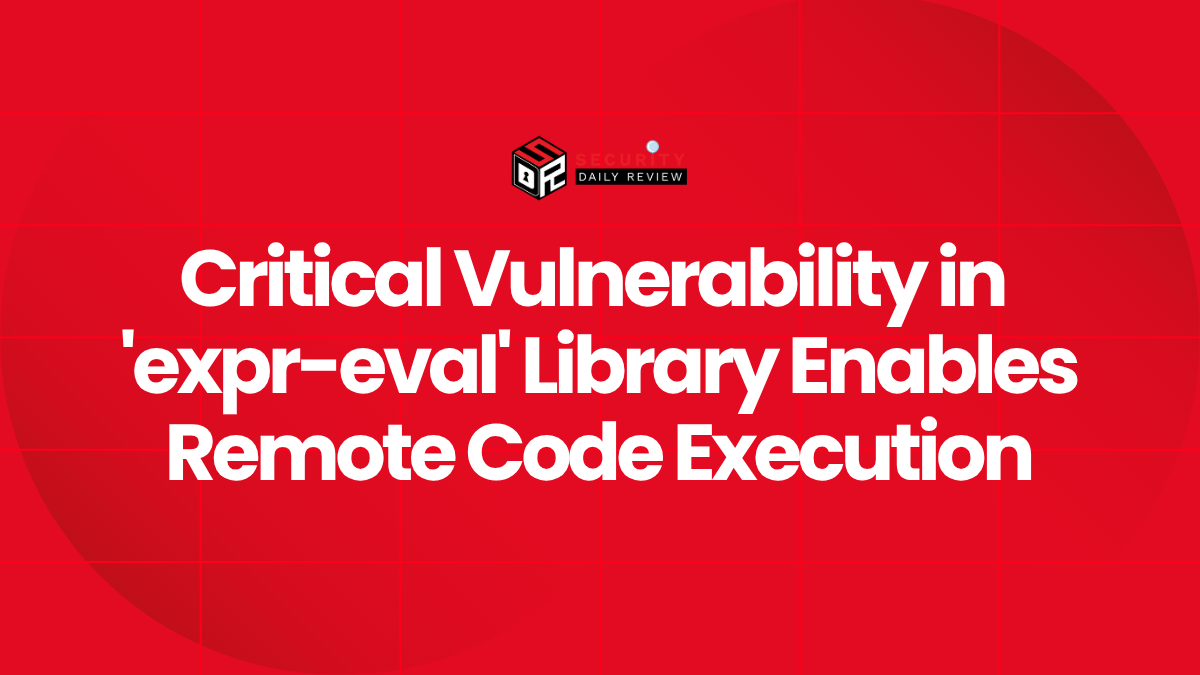The North Korean‑linked hacker group APT37, also known as ScarCruft, has deployed a sophisticated campaign targeting both Windows desktops and Android devices. The group combines traditional spear‑phishing, credential theft, and post‑exploitation on Windows systems with abuse of Google Find Hub to remotely wipe mobile endpoints. This attack chain highlights the rising risk of cross-platform compromises and demonstrates that even legitimate cloud services can be weaponized by state-sponsored actors.
Multi-Stage Attack Chain from Windows Exploitation to Mobile Device Wipe
The intrusion typically begins with a spear-phishing message sent via KakaoTalk, often impersonating trusted organizations such as government agencies or law enforcement. Victims are lured into executing a digitally signed MSI file or a compressed ZIP archive. Once executed, an AutoIT script deploys a remote-access trojan (RAT) such as RemcosRAT, QuasarRAT, or RftRAT, establishing persistence and harvesting credentials.
After the Windows system is compromised, attackers escalate into mobile environments by gaining access to the victim’s Google account. Through Find Hub, the attacker enumerates all linked Android devices, retrieves location data, and executes remote wipe commands to destroy data. In one observed case, attackers triggered the wipe multiple times to ensure the device was completely disabled and removed from the victim’s control.
“The investigation found that … the threat actor compromised and abused the KakaoTalk account … and sent a malicious file disguised as a ‘stress relief program’ to an actual defector student.”
This approach allows attackers to combine desktop footholds with mobile endpoint destruction, making forensic investigation and recovery significantly more difficult.
Technical Analysis of Threat Tactics and Indicators
APT37’s methodology exploits several distinct vectors:
- Credential Theft and Session Hijacking: Using RATs and AutoIT scripts on Windows systems, attackers harvest credentials for Google accounts and other linked services.
- Legitimate Service Abuse: Rather than deploying malware on Android devices, attackers manipulate Find Hub’s built-in remote wipe features to destroy data without requiring a zero-day exploit.
- Cross-Platform Timing: The wipe commands are issued when victims are least able to respond, leveraging both device absence and lack of immediate alerts to maximize impact.
- Multi-Stage Persistence: Backdoors and RATs on the Windows system maintain control, allowing attackers to reinitiate mobile device wipes if recovery attempts are made.
Indicators of compromise (IoCs) include: unusual scheduled tasks on Windows endpoints, AutoIT scripts disguised as benign applications, RAT beaconing to external IP addresses, and unexpected device-wipe commands issued from Google accounts.
Advanced Mitigation Strategies for CISOs and Security Teams
Organizations with integrated mobile and desktop ecosystems must treat cloud account compromise as a critical threat. Recommended measures include:
- Identity and Access Management: Enforce hardware-based FIDO2 keys for all Google accounts managing Android devices. Apply conditional access and context-aware authentication to detect anomalous logins. Review OAuth app permissions regularly.
- Real-Time Monitoring and Alerting: Implement SIEM correlation rules for simultaneous desktop and mobile anomalies, including device-wipe requests and account logins from unusual locations. Enable alerts for abnormal Find Hub activity.
- Endpoint Hardening and Threat Hunting: Deploy EDR to monitor for AutoIT scripts, RATs, or abnormal scheduled tasks on Windows endpoints. Hunt for credential exfiltration patterns that may precede mobile device attacks.
- Out-of-Band Verification Protocols: Require independent approval channels for remote wipe requests or account recovery actions to prevent attackers from abusing messaging platforms for control.
- Data Recovery Planning: Maintain encrypted backups of Android devices and test restore procedures to ensure rapid recovery in the event of malicious wipes.
Strategic Enterprise Implications for Mobile and Cloud Security
This campaign illustrates that state-sponsored threat actors are increasingly linking desktop persistence with mobile endpoint destruction. Key enterprise lessons include:
- Cross-Platform Threat Modeling: Treat mobile devices managed through enterprise cloud services as an extension of the attack surface, vulnerable once desktop accounts are compromised.
- Identity-Centric Defense: Credential compromise now directly affects both desktops and mobile endpoints. Identity management and session security are critical.
- Vendor and Supply Chain Risk: Integrated cloud services and third-party applications represent potential attack vectors. Restrict and monitor access to minimize exposure.
- Proactive Incident Response: Incorporate cross-platform scenarios into tabletop exercises. Prepare runbooks to contain both Windows and Android compromise simultaneously.
“Hybrid campaigns exploiting legitimate cloud services highlight the need for combined endpoint, identity, and mobile defenses. CISOs must treat cloud-linked mobile endpoints as part of the core attack surface.”
By implementing these controls, organizations can reduce the risk of credential abuse, detect hybrid attack chains early, and ensure continuity of operations even if attackers attempt to exploit legitimate mobile management services.









